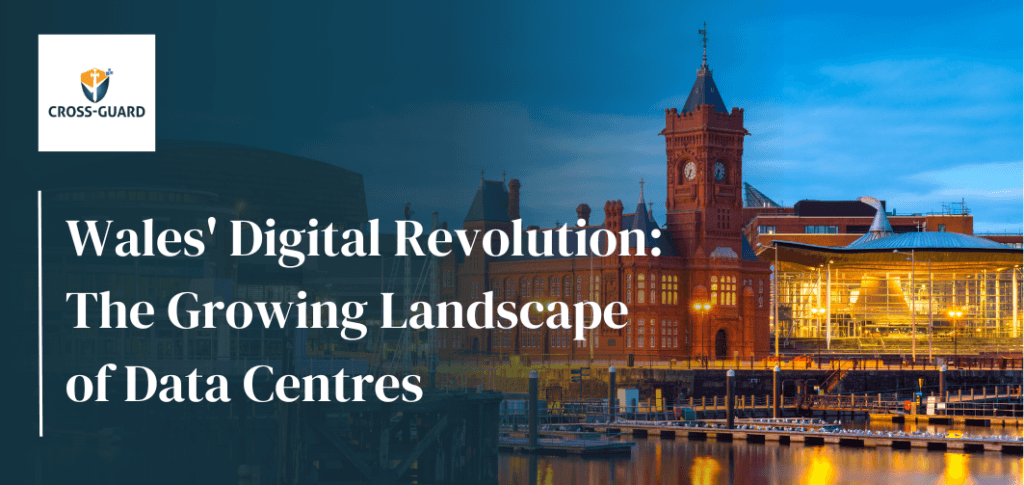Wales’ Digital Revolution: The Growing Landscape of Data Centres

The commercial property landscape in Wales is currently undergoing a substantial transformation due to the rapid growth of data centres. This sector, often considered the cornerstone of the digital economy, is expanding at a remarkable rate, presenting opportunities as well as challenges. Notably, significant developments in Newport and Bridgend, coupled with increasing interest in other areas, are positioning Wales as a crucial hub for data infrastructure.
The recent acquisition and development activities have brought to the forefront the growing significance and potential of data centres in Wales. One notable project is the Microsoft Newport Data Centre, which involves the acquisition of the former Quinn Radiators factory. Situated on a 40-acre site, the 1.1 million sq ft building is set to be transformed into a cutting-edge data centre. With planning permissions secured for 750,000 sq ft across data halls, Microsoft’s move underscores the strategic importance of Newport in the digital landscape and further enriches the existing data cluster in the area.
Microsoft Newport Data Centre: Microsoft has acquired the former Quinn Radiators factory, a 1.1 million sq ft building on 40 acres. Microsoft is to develop a state-of-the-art data centre, which secured planning permissions in July 2024 for 750,000 sq ft across data halls. This move by a global tech giant highlights Newport’s strategic significance in the digital landscape and builds on the data cluster in the area.
The planning register indicates that there is significant interest in a potential project at Bro Tathan in the Vale of Glamorgan, South Wales. This area is strategically positioned between data clusters in London and the Republic of Ireland, and it also has proximity to the transatlantic data landing sites in Devon and The Gower. Access to digital fibre spines and grid connections are crucial factors in determining the ideal location for this project.
In the 1990s, the Web.com Era saw the emergence of the first wave of data centres, which played a crucial role in supporting web hosting and the growing online economy. Over the past decade, the rapid expansion of cloud computing drove the second wave, making data centres indispensable for hosting large volumes of data and applications for both businesses and consumers. Today, we find ourselves in the third wave, propelled by the advancements in artificial intelligence and other cutting-edge technologies. This wave has led to an unprecedented demand for data storage and processing capabilities, driving the need for the expansion of data centre infrastructure.
The developments in Newport and Bridgend are just the beginning, with more projects likely to follow if Wales capitalises on its strategic advantages and encourages this investment.
SHARE
DOWNLOAD A COPY OF OUR BROCHURE

GET A QUOTE
Get a Quote Form
"*" indicates required fields
